Every serious photographer has experienced this. You have too many files and too little hard drive space. The result? No space for other data or laggy performance in Lightroom or on your computer as a whole. Thus begins the search for figuring out Lightroom’s deepest, darkest secrets. Thankfully, this article will tell you everything you need to know to clean Continue Reading
Photodoto
Posts Tagged ‘Delete’
You Can Delete These Lightroom Files to Clean Up and Make Room
How To Delete Duplicates in Lightroom
If you are using Adobe Lightroom for editing your photos, then you might have come across the problem of duplicate images. Let me explain the right method for deleting duplicate images in Lightroom. These duplicate images will waste unnecessary space on your hard drive and they will also make your Lightroom editing process cumbersome. So, you must delete these images Continue Reading
Photodoto
The Best Way to Delete Photos From Your Memory Card
The post The Best Way to Delete Photos From Your Memory Card appeared first on Digital Photography School. It was authored by Meredith Clark.

When it comes to photography, we spend most of our time thinking about taking photos – lighting, composition, exposure, and posing. Then, once the photo is taken, we may start to think about post-processing, gently nudging the photo along until it becomes exactly what we’ve pictured in our mind’s eye. Once that’s accomplished, we do it all over again.

Back in high school and college, I shot film. I can vividly remember running out, and sometimes having to wait weeks until I was able to buy more. Our public high school relied heavily on film donations, and sometimes when there wasn’t any left, our teacher would have us walk around campus with our pointer fingers and thumbs shaped into a rectangle, pretending to take photographs. Now that digital cameras are on the scene and we’re using memory cards in place of film, the number of photographs that we can take in any given week or month is nearly endless.
You may have noticed that I said “nearly” endless, and that’s because memory cards do have a lifespan and will not last indefinitely. That said, there are a few things we can do to maximize the lifespan of our memory cards, including deleting our photos off the memory card in the most efficient manner possible. This isn’t something that’s talked about all that often, but when it comes down to it, it is really simple.
So if you’re looking for the best way to delete photos from your memory cards, read on!
Less desirable ways to delete photos
If your memory card is full, you may be tempted to use one of these methods to delete your photos.
However, I recommend you avoid them if at all possible.
So here are the ways you should not delete your photos:
Getting rid of each photo individually through the camera by using the Delete or Erase button
If you’re in the middle of a shoot and you take a bad photo, you may be tempted to delete it right then and there with the Delete button.
But this is far from ideal. First, it’s always a good idea to check your images on the computer screen before deleting them forever, because you never know; your image may have some redeeming quality, one that you missed on your tiny camera LCD.
Plus, it’s just not the best way to get rid of your images from a card-health perspective, as I’ll explain in a moment.

Deleting all photos in-camera with the Delete All option
Once you’ve transferred your photos over to your computer, you can always pop the memory card back into your camera and hit the Erase all images on card button.
But again, this isn’t the best way to keep your card healthy.

Deleting via your computer
Here’s a third way to delete photos from your memory card:
Plug the camera or memory card into the computer, then drag all the photos into the Recycle Bin.
Is this a convenient way to delete images?
Absolutely.
But it’s not the most desirable way to get it done.

Most desirable way to delete photos
If you’re looking to delete photos off your memory card in the quickest, most efficient, least harmful way, then here’s what I recommend:
Delete with your camera’s Format function
In other words:
Transfer your photos to your PC or an external hard drive.
Stick the card back in your camera and head into the menu.
Find the Format option.
And hit OK.
This is my suggested way of deleting photos off your memory card, and I recommend you use it every single time you need to delete photos, without fail.
(It’s what I do!)

Why are some methods better than others?
In the end, all of the above methods work toward the same end, in that they remove the images from your card.
However, the first three deletion methods are actually more taxing to the memory card than using the card’s Format function. I’ve heard it explained like this:
Imagine that your memory card has a shelf-life of 1,000 uses. Let’s say that you go out and take 500 photos; that’s 500 uses of your memory card. You then upload the photos to your computer, and then individually delete each photo using the Delete button on your camera. Deleting each photo individually counts as another 500 uses on your card. So in all, you’ve just spent 1,000 uses of your memory card, leaving you with no uses left on that card.
On the other hand, imagine that you’ve captured your 500 photos, but instead of deleting them with your Delete button, you use your camera’s Format function. Formatting works in a different way than deleting, because it only deletes the directory files rather than the images themselves. This allows the images to be overwritten the next time you take a picture. Therefore, formatting only counts as one use of your memory card, regardless of how many photos you’re deleting.
So in the scenario above, you’d have used only 501 of your memory card’s uses, as opposed to 1,000 when deleting manually. Certainly, memory cards available today will be able to handle far more than 1,000 uses, but the general logic still holds – formatting your card causes less wear and tear on your memory card than other ways of deleting images.
Additionally, because formatting only deletes the directory file instead of the images themselves, images on a card that has been formatted are typically much easier to recover (if needed) than images that are deleted manually, assuming you did not overwrite the formatted images by taking more photos.
Not a bad trick to have up your sleeve in case of emergencies, right?
I’d also like to add that I have personally seen a difference in the amount of corrupted images/cards that I’ve come across since I’ve been formatting cards.
These days, it’s pretty rare that I delete even a single image using any method other than formatting.
How often should you format?
Some people like to wait until their card is totally full and then do their formatting.
Personally, I like to format my card before each new photo session. It just makes sense to start fresh each time, because I can then upload everything on the card to one location and keep my files organized.
But this is really a matter of personal preference, at least as far as I’m concerned.
The one hard and fast suggestion I do have when it comes to formatting is simply to format the card in whichever camera you plan to use it in next. So if you’re going to be shooting with your Nikon body, make sure you’ve first formatted your card with that Nikon body. And if you’re going to be shooting with your Canon body, format with the Canon body before heading out.
Make sense?
How to delete photos from a memory card: Conclusion
Now that you’ve finished this article, you’re well-equipped to delete photos from your memory cards (the right way).
So make sure to always format in-camera.
Your photos and your memory cards will thank you for it!
Now over to you:
How do you typically delete images, and why? Share your thoughts in the comments below!
The post The Best Way to Delete Photos From Your Memory Card appeared first on Digital Photography School. It was authored by Meredith Clark.
How To Delete All Photos From iPhone Using iPhone, Mac or PC
You have filled your iPhone with thousands and thousands of photos over the last few years. Its a nice catalog of memories but now its time to move on. You are looking for a quick and safe way to delete all the photos on your iPhone but dont know how. Don’t despair. In this article we will tell you the Continue Reading
The post How To Delete All Photos From iPhone Using iPhone, Mac or PC appeared first on Photodoto.
Why You Shouldn’t Delete Your Images Too Quickly
The post Why You Shouldn’t Delete Your Images Too Quickly appeared first on Digital Photography School. It was authored by Nils Heininger.

There are many reasons why you might want to delete images: They show the same subject, again and again, they are technically inferior, or you simply do not like them. However, don’t hit the delete button right away!
Here are some reasons why you shouldn’t delete your images too quickly
Isn’t it hard to stay organized? Since the age of digital photography, it is quite easy to get “just one more shot” of your subject. These few shots quickly add up to hundreds, even thousands. Considering the huge file sizes of modern cameras, that’s a lot of memory. Not only is your hard-drive full of bytes, but you also have to keep an overview – a few stars here, a few flags there and a red label for your beloved ones. It’s often hard to avoid the data mess.

At first, I rated this image with one star. Recently, I rediscovered it and was happy that I did not delete it
Sometimes, I feel like deleting all the images I assume I will not use anymore. Why should I keep images that I don’t sell, show to my friends and family or use in any other way? It’s the same subject, just from another perspective.
I have five images from a nicer angle, in a better light and with fewer people in it.
Here is my hint:
Wait a little while, and stay organized. Don’t delete everything in the first place. There are some reasons why you might want to keep your images.

A picture I rejected because it was a byproduct of a hike to shoot the Milkyway over a river bend.
Your client wants a specific picture
If you are documenting something, or you do travel photography, you should be careful what you delete. Never get rid of any image before completing the job. You may think the light in the image of person XY was not too nice or the photograph is not perfect, but maybe it tells a story.
Your client or editor might ask you, “Is there an image of this person XY, while he looks a bit sad?” or “Is there an image of a person wearing this weird hat, which is so typical for people working in this area?”
You may remember that person XY wore that hat. Then you look it up and realize that you deleted the image because you did not find the light appropriate. My friend, you missed a chance to satisfy an editor.
Even after delivering a project, it is smart to keep all of your images. You may want to sell some of them to someone else. People could approach you to ask if you have an image of this one shop because they make a follow-up story on yours. We never know what the future brings. Don’t delete what others might ask for. Demands of editors can be unpredictable.

I shot this image as a byproduct of covering a desert safari in India. It was useless for this topic, but it might be useful for another project about the desert region.
Blindness for the beauty
Sometimes, while you are working on a project, you get used to the beauty that you create. You are completely sucked into a breathtaking work environment, and every shot amazes you.
Later, you look at your images and search for the best ones (which you should do) but ignore the second-best ones. Make sure you do not delete them.
When I was in the Indian Himalayas on a motorbike tour, every mountain peak was worth shooting. The light was appealing, and the blue sky was full of little cottonwool clouds. I shot away hundreds of images during the daytime and edited the best in the evening. I recently looked at the old folders and found some amazing images that I rated with two stars just because the others outshined them.

This picture almost ended up in the bin. Luckily, I checked the folder after a few years.
Maybe you want something specific at one point in time, and you simply cannot see other forms of beauty then. The image may be surrounded by too many other nice ones that distract you at that moment.
When you open your old folders a few years later, you may be happy that you kept them all. Don’t delete what you might value later.
Did you think about stock?
If you worked on commission, you might have a deal that your client takes a bunch of images out of your primary selection. You probably shot far more pictures than needed (you should!). What can you do with the rest? Did you ever think about uploading them on a stock photography platform? You may be able to get a little money from all those images that your client rejected or that you didn’t even send to them because there were better ones of the same subject.

I chose an image of me sitting under the stars for an article about the desert. This “dismissed” one of me standing on the dune might work well in stock.
Always give your clients the best quality and the best compositions. If your contract does not stop you from using the other images, why would you want to waste them? When you make three images of subject A, but just one is good enough for your client, maybe the other two might be good enough for stock. Don’t delete what you might use afterward.
An image contains memories
Maybe the best reason to keep your images is the simplest – for yourself.
When I look back at any image, it triggers my memory.
These rivers are meeting in the Himalayas. It’s not the best image because it’s too dark, with bad light. Yet, they make me remember the feeling I had when I stopped to take the image. They remind me of the taste of the air, the feeling of empty solitude and the discovery of my dire sunburn where my scarf did not cover my neck.

Technically, a bad image, yet, the broken bridge reminded me of the struggle to get up this mountain and shoot better images. I laughed out loud when I rediscovered it.
Little details in images make you remember big stories. They evoke feelings. You can smell the flowers again, which you see in the frame of that horribly composed landscape-image. You remember the way that tea vendor smiled, even though the image is a little soft or blurry because you had to shoot with one hand while balancing your teacup in the other. Don’t delete what your older self might love to see.

It is very hard to compose with one hand while reaching for tea with the other.
Conclusion
You never know what will happen and how you will look at your images at a later point in time. If you have completely identical pictures, well, hit that Del-Button.
If they differ, mark them differently.
You can check your old files after a few years and decide what you want to delete for good.
Maybe you will find something useful even if it is just for a blog post about why you should not delete images. All the images in this article were once ready for deletion.
I resisted, and today, I am happy about it.

Be careful what you delete. One day, you might regret it.
What about you?
Did you ever have any regret after deleting images? Do you find pleasure in it? Is there a method, which helps you to avoid deleting the wrong pictures? And when did you last review your old images? I would love to hear your stories in the comments below.

The post Why You Shouldn’t Delete Your Images Too Quickly appeared first on Digital Photography School. It was authored by Nils Heininger.
Would you delete all your Instagram photos to fly free for a year? JetBlue hopes so
 |
Budget American airline JetBlue has announced a new promotional contest called ‘All You Can’ that offers Instagrammers the chance the win free flights for a year. The catch? To enter the contest, users must delete (or archive) every image from their Instagram account.
Once they have removed all the images from their account, Instagram users must upload an image from JetBlue that features the ‘#AllYouCanJetSweetstakes’ hashtag and the caption ‘All You Can’ in order to enter the contest. The Instagram account must be publicly visible so that JetBlue can confirm the eligibility.
It’s unclear why JetBlue requires the images to be removed as part of its contest, but it does reassure people who enter the contest that they will be able to ‘post pics from everywhere we fly,’ assuming they are one of the contest’s three winners.
Users who enter the contest must keep their Instagram profiles clear — with the exception of JetBlue’s All You Can image — until March 8, 2019, at 11:59PM ET to remain eligible. Participants can find (and optionally customize) the contest’s hashtag image here.
Articles: Digital Photography Review (dpreview.com)
Capitol Hill photographers asked to delete protest images, claim journalists
 |
| Photo by Phil Roeder, licensed under Creative Commons |
Journalists photographing a protest in the US Capitol building report that they were told by Capitol Police to delete photos and videos of arrests. The events unfolded yesterday in the third floor Senate wing of the building as demonstrators protested the vote that would begin an effort to repeal the Affordable Care Act.
Protesters chant “kill the bill” and “shame” as senators begin a key procedural vote on the Obamacare repeal bill pic.twitter.com/f7Q9M3uexy
— POLITICO (@politico) July 25, 2017
As police handcuffed and removed protestors from the hallway outside of the Senate chambers, journalists were reportedly told by police to stop taking photos, and were instructed to delete photos and videos they had captured.
Reporters blocked from Senate halls where protesters being arrested, shouting, “Kill the bill!” Being told, “no photos. Delete your photos.”
— Jennifer Bendery (@jbendery) July 25, 2017
Capitol Police made me delete the video I recorded. https://t.co/NQH2fLFYiO
— Andrew Desiderio (@desiderioDC) July 25, 2017
Official policy for press in the Senate Gallery states that photography is indeed prohibited in that area. However, the ACLU spoke up to remind press that police may not force anyone to delete a photo or video without a warrant, no matter the circumstances.
Police may not delete photographs without a warrant, period.
If you think your rights were violated by Capitol Police, contact @ACLU_DC. https://t.co/6fdvuIoOgB
— ACLU National (@ACLU) July 25, 2017
Articles: Digital Photography Review (dpreview.com)
Cull Your Photos Carefully – 5 Steps to Follow Before You Hit Delete
When to keep and when to hit delete on an image can be a tough decision to make sometimes. In this article I’ll give you five things you consider before you hit delete to help you with the process of how to cull your photos.
The emotional attachment lessens with time
I was shooting high on a mountain pass this past winter. Low clouds and scattered sun danced across the snow-covered slopes, blown by a chill wind from the north. The view below came and went as fog blew past, opening and closing the scene like curtains. Enthralled, I snapped photos, the stark mountains, the pale sun, the glowing patches of light on the snow. “These shots are going to be awesome.” I thought to myself.

A few hours later, I opened my computer and downloaded the images. And I could see then, that they were awesome. I sat and I stared, certain that these were some of the best of the trip. The way the light played across the mountains, the storm-light on the rock and snow slopes. Yeah, these were great.
A week later, as I was putting together images from the trip, I revisited those photos. Huh, I thought, I could have sworn those were better. I mean, they were decent, but not extraordinary. What happened?

I had distanced myself from the images for a time, and was able to separate myself emotionally from the experience of making them. I’d been able to view those shots almost as though someone else had made them. As a result, many more of those photos ended up in the delete pile than I would have expected at first glance.
But time away from your photos is just one thing to can do as you try to segregate the keepers from those to delete. Here are the five things to keep in mind as you cull and assess your images.

Step #1 – Check the technical Details
After importing the photos of a recent shoot into my Lightroom Catalog, look at each image quickly, at full-screen size, and assess each for any technical faults.
Is the image out of focus (check at 100% or 1:1 view)? Is the composition obviously wonky? What about exposure, is the exposure so wrong that you can’t correct it? If the answer is “Yes” to any of these questions, immediately delete the image (or flag it as a reject by hitting X) and move on to the next.

The trick in this first step is not to try and go beyond the technical details. This is not the time to try and gauge overall image quality. This is the time, merely to delete the obvious screw-ups.
Step #2 – The second round
If I’m eager to spend some time with my photos, or I’ve got a deadline, I’ll go back through them quickly a second time. Lightroom, and many other catalog programs, give you the ability to flag images with different colors, and/or rating codes.
Scrolling through the images, I’ll color code the good and bad standouts. Images that I like get coded green, purple or blue (the color relates to my own filing system), while images that I don’t particularly like, for one reason or another, get flagged red.

Red flagged images are imperfectly sharp, have clear composition issues or other technical problems, while the green images are selects and the un-marked images are ones to hold onto for future consideration.
Some images do not get flagged at all. These are usually images to which I’m ambivalent. They are good enough not to get the dreaded red flag, but not so good that I want to highlight them immediately.
At this point, I’ll start post-processing my favorites, but I don’t delete anything. Not yet.

A screenshot of my Lightroom Catalog after a shoot of this Rufescent Tiger Heron in Argentina. Of the 26 images, I selected two as keepers, one vertical, and one horizontal image.
Step #3 – Let them rest
Immediately following a shoot, we get emotionally caught up in our images, for better or for worse. If a shoot went well, like my experience on the mountain, you may have the feeling that your images are better than they actually are. If it went poorly, you may feel like they all suck, when in fact, they may not.
The solution is to give the images some space. Pull back for a few days, don’t look at them, don’t edit them. Put your new photos out of sight, and give yourself some emotional distance from the experience of making your images.
After a few days, a week, or even longer, you can have another go.
Step #4 – Consider how your images will be used
As you dive back into your collection, think for a moment about how an image will be put to use. If you are shooting for a client, then you may already have a good idea of the kind of images you needed to make. For example, the conservation groups I work for usually provide me a brief on the project. In that document, they will note specific types of images or video they need or want. As I’m pulling selections for them, I’ll consider their needs, and put special effort into finding and editing images that match.
Usually, there are no clients telling me which images are best. Without anyone guiding me, I lean toward variety.

Variety includes more than framing, but also panoramic compositions like this one.
When I first started shooting seriously, I saved almost every image. I was too attached to each one. Later, as my image catalog and hard drives began to swell, I became heartless with images, deleting all but one or two from a series, even good alternatives to my selects. Now, I’ve settled somewhere in between because I don’t always know how an image will be put to use, so I like to have some variety available.
Magazine editors will often be looking for images with big areas of negative space which can be used for text placement. Large size wall prints require images that are immaculately sharp and high resolution. Illustrative shots, often sold for stock, or for small use in publications, need to be tight with only the bare minimum of room around the subject. While editing, I plan for these eventualities and select four or five images, in a variety of compositions, from any given scene, but not more.
Keep some variety of shots
As an example, below are my five selects from an encounter with a Brown Bear in southeast Alaska. Each of the five images have been published in national magazines. Each time, the editor wanted the image for a different layout, some involving text, some as a simple stamp-size illustration. The bottom line is you never know what is going to appeal to different viewers, so retain some diversity from within your shoots.





Don’t get caught up in what you think is the best image from a series. Rather, give thought to how you might want to use images from the shoot in the future. Red code (or however you tag your images) the faulty ones, or near-duplicates, but retain some variety.
Step #5 – The final cut
By this time, your collection of images will be a checkerboard of red and green. The red images flagged for deletion, the greens (and other colors) set aside as “keepers”. If you are like me, you’ve made enough duplicate, failures, and screw-ups that the reds wildly outnumber the greens and unlabeled images.

This image lay in my Lightroom for years before I finally noticed that it was pretty decent.
Before I hit delete, I give each image one more look, just to make sure I’m not cutting something that I might want to keep. Sometimes if an image is unique, even if it’s not what I think of as “good”, I’ll decide to hold onto it.

This image was taken Mexico in 2010. I found it a month ago, lingering on a hard drive. I had completely forgotten about that sunset over the Caribbean. Hard drive surprises can be great, but I recommend being more organized than I was at the time.
More than once, I’ve scrolled back through my Lightroom Catalog and stumbled on an image that, for one reason or another, I never gave a close look. At the time I created it, I must have considered it unremarkable, but didn’t consider it bad enough to delete. Years later, I’ve found some gems in those un-flagged images.
Bottom Line
Selecting keepers from a series of images is not always as straight forward as what is “good” and what is “bad”. Consider each image carefully, and use your delete key, but don’t get too enthusiastic pushing that button. Deleted images can never be recovered.
The post Cull Your Photos Carefully – 5 Steps to Follow Before You Hit Delete by David Shaw appeared first on Digital Photography School.
Don’t Delete Your Failed Images – Instead Learn from Your Mistakes with These Tips
I know you’ve done it. It’s okay to admit it. I’ve done it too! We all have! You’ve shot some terrible photographs.
Perhaps you shot the whole time in the wrong white balance, or you didn’t pay attention to shutter speed and everything is blurry. When this happens it’s incredibly disappointing. Frustrated and angry with yourself, you consider the experience a write-off, and delete the images. Then you head for the snack cupboard searching for some kind of solace.
But, everyone makes mistakes when they shoot, even professionals. There are times when we get excited and forget to check our settings, or make sure we are using the right lens for the right moment. It happens.

We were canoeing and in my rush to get an image of a small bird I underexposed the shot.
These failures don’t have to be a complete waste though. There’s nothing negative about making mistakes. Willie Nelson once said, “Once you replace negative thoughts with positive ones, you’ll start having positive results.”
So with that in mind, start looking at every photograph you take, as a step forward. Don’t delete those mistakes right away. You can learn a lot about taking good photographs from the missteps you make. I’ve met some photographers who have created a special file for all of their failures. Then when they have a little bit of time, they peruse through the collection and reflect upon them. This type of exercise can help you grow as a photographer.
There are lots of ways to reflect on your images. Some people make mental notes about their images. Others like to use a written journal format. I know of a few photographers who use the keyword section in Lightroom to make notes. I’ve even seen a detailed scrapbook in which the photographer printed out his failures and scribbled notes beside each. Just be sure to pick a format that works for you. Regularly reflecting on your work is important.
To start you down the path here’s a list of questions that you can use to help you reflect on your images.
Reflection Tips
- In the first few seconds of viewing the photograph, what was the first emotion you experienced? Why? Now let it go. Detach from the emotion and be critical.
- Why do you consider this image a failure? Don’t analyze too much just scribble down the first thought that comes to your mind. Try to make this part of the analysis a stream of consciousness.
- What were your goals or intentions when you shot this image? Why were you unable to meet those goals?
- If you could turn back time and reshoot the image what would you do differently?
- Think carefully about the image and come up with one key piece of learning that you can take away from this experience.
Now let’s practice your reflection skills. It’s not easy to analyze your own photographs; it can take some time to perfect. Let’s analyze some of my failures, and some successes.
View each image, and really look at it in a critical sense. You can use the guiding questions from above to help you. After you’ve finished your reflection, scroll down and take a look at my notes, see if you agree with my thoughts. Perhaps you noticed something different then I did.

What did you come up with? Keep in mind there’s no right or wrong to this whole process. Some people might argue the image isn’t a failure. I personally, hate it.
Notes about the image
- I cut off the hockey stick, it’s bad framing.
- She’s looking down at the puck, there is no eye contact.
- Loss of impact or connection with the viewer.
- The edge vignette makes it too dark.
Ways to improve
- Mark out the ice and give players a guideline for where to stop.
- Remind players to look at the camera at all times.
- Remove one complication by having kids skate without the puck (Photoshop the puck into the image in post-processing).

Compare the shot above, with the previous image. It was taken in the same arena a few months later. Do you think there’s a difference? The framing is certainly better and he makes eye contact with the camera. Have I improved over the first shot?
Let’s consider another mistake. This image was shot for a magazine article. Can you tell why it’s a fail?

Notes about the image
- Her face is slightly out of focus.
- The client wanted a unique angle for the shot but the focus is on the ball.
- The houses behind in the background don’t suggest or support that we are on a soccer field.
Ways to improve
- Ensure the focus is on the correct part of the scene by using back button focus.
- Always take the time to set up the scene. Remember that the background is as important as the foreground.
- Direct the player more to remain in a certain area.
Here’s the image the magazine chose to use for the article. You can see how the background gives this image more context than the previous shot.

The more you reflect upon your images, the more you will grow as a photographer. If you find you are stuck in a rut, this kind of activity may just be a way to move forward. Coming back to images after a few days, or weeks, is always a good idea. By separating yourself from the image it will help you to analyze it more carefully.
I’ve posted a few more images here for you to reflect upon below. Once you’ve finished analyzing my work, try it on some of your own shots. Leave some examples in the comments below, and include your reflections.



This is an opportunity to grow and become a stronger photographer. I expect that everyone who shares will be heartened by the fact that they are not the only ones to have taken a bad photograph. If you choose to reply to other people’s posts, please be kind and be constructive. This is all in the name of learning, we are not here to criticize each other.
Keep in mind, even geniuses have some failures!
“I have not failed. I’ve just found 10,000 ways that won’t work.” – Thomas Edison
googletag.cmd.push(function() {
tablet_slots.push( googletag.defineSlot( “/1005424/_dPSv4_tab-all-article-bottom_(300×250)”, [300, 250], “pb-ad-78623” ).addService( googletag.pubads() ) ); } );
googletag.cmd.push(function() {
mobile_slots.push( googletag.defineSlot( “/1005424/_dPSv4_mob-all-article-bottom_(300×250)”, [300, 250], “pb-ad-78158” ).addService( googletag.pubads() ) ); } );
The post Don’t Delete Your Failed Images – Instead Learn from Your Mistakes with These Tips by Erin Fitzgibbon appeared first on Digital Photography School.
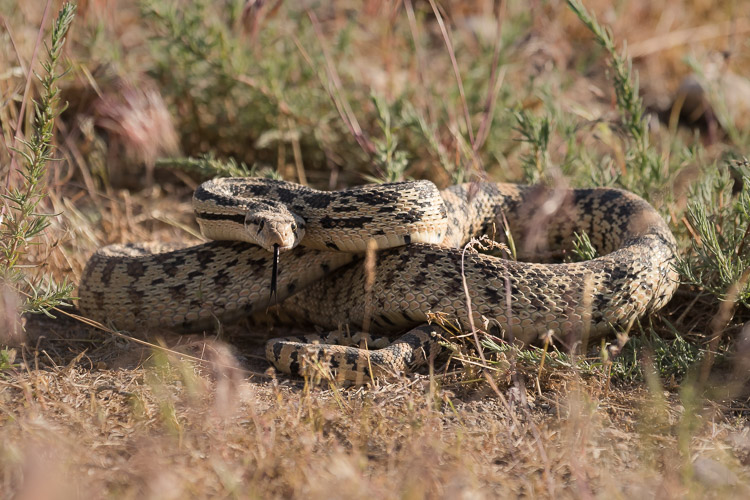
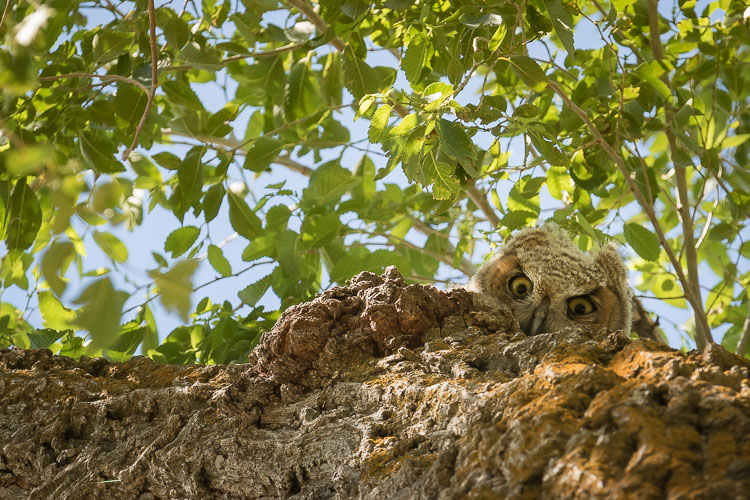
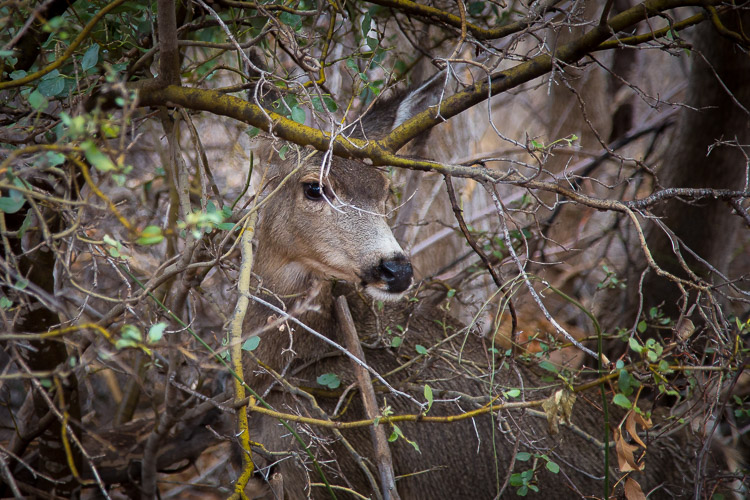

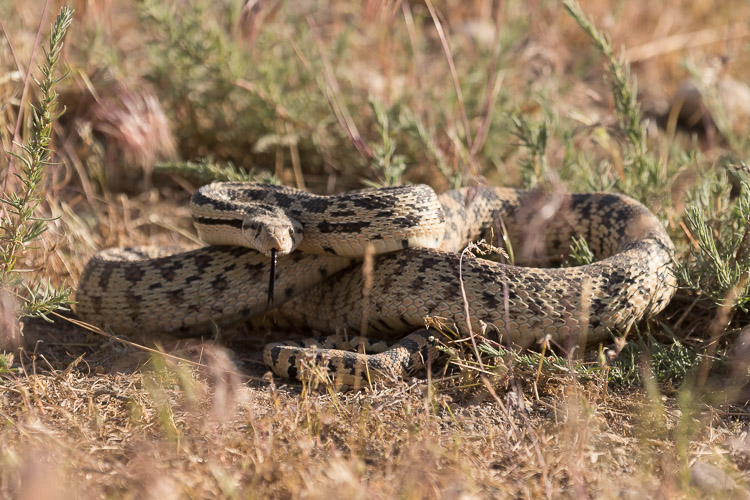
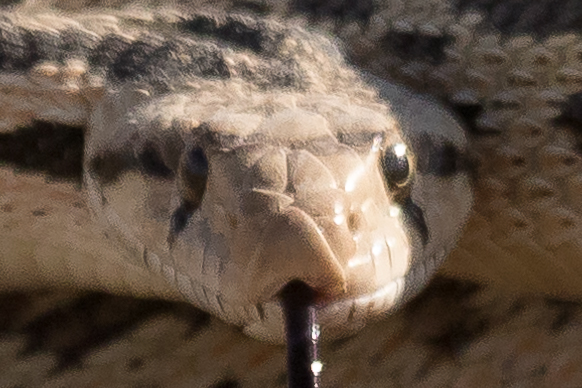
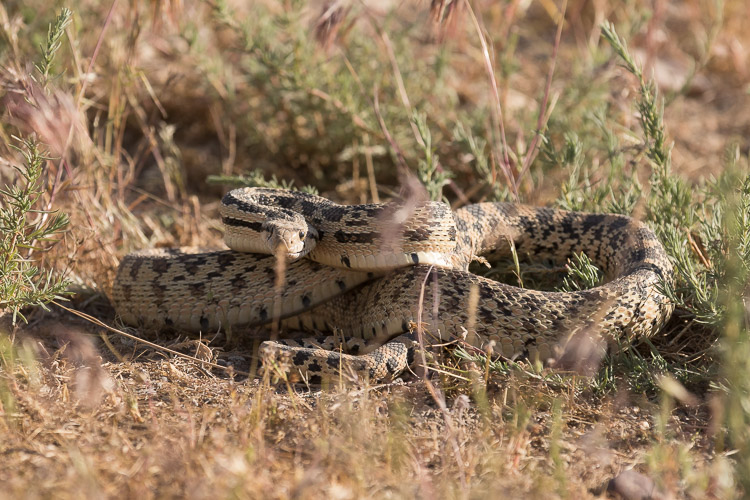
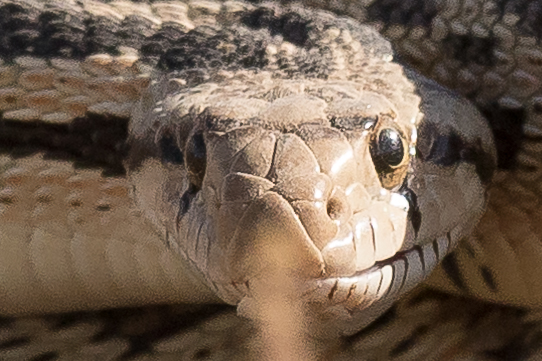

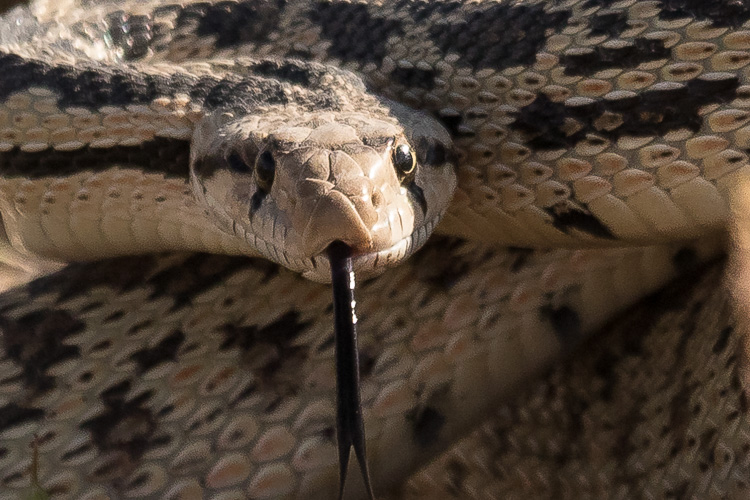
You must be logged in to post a comment.